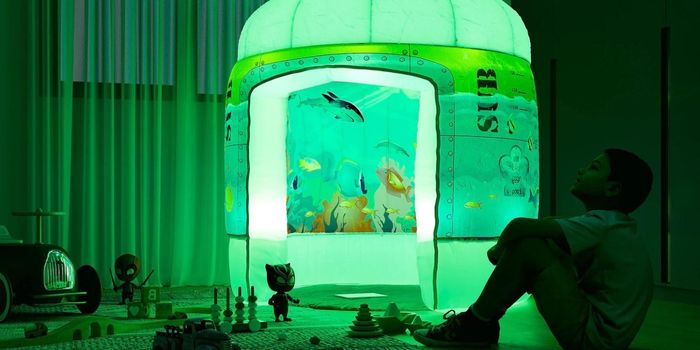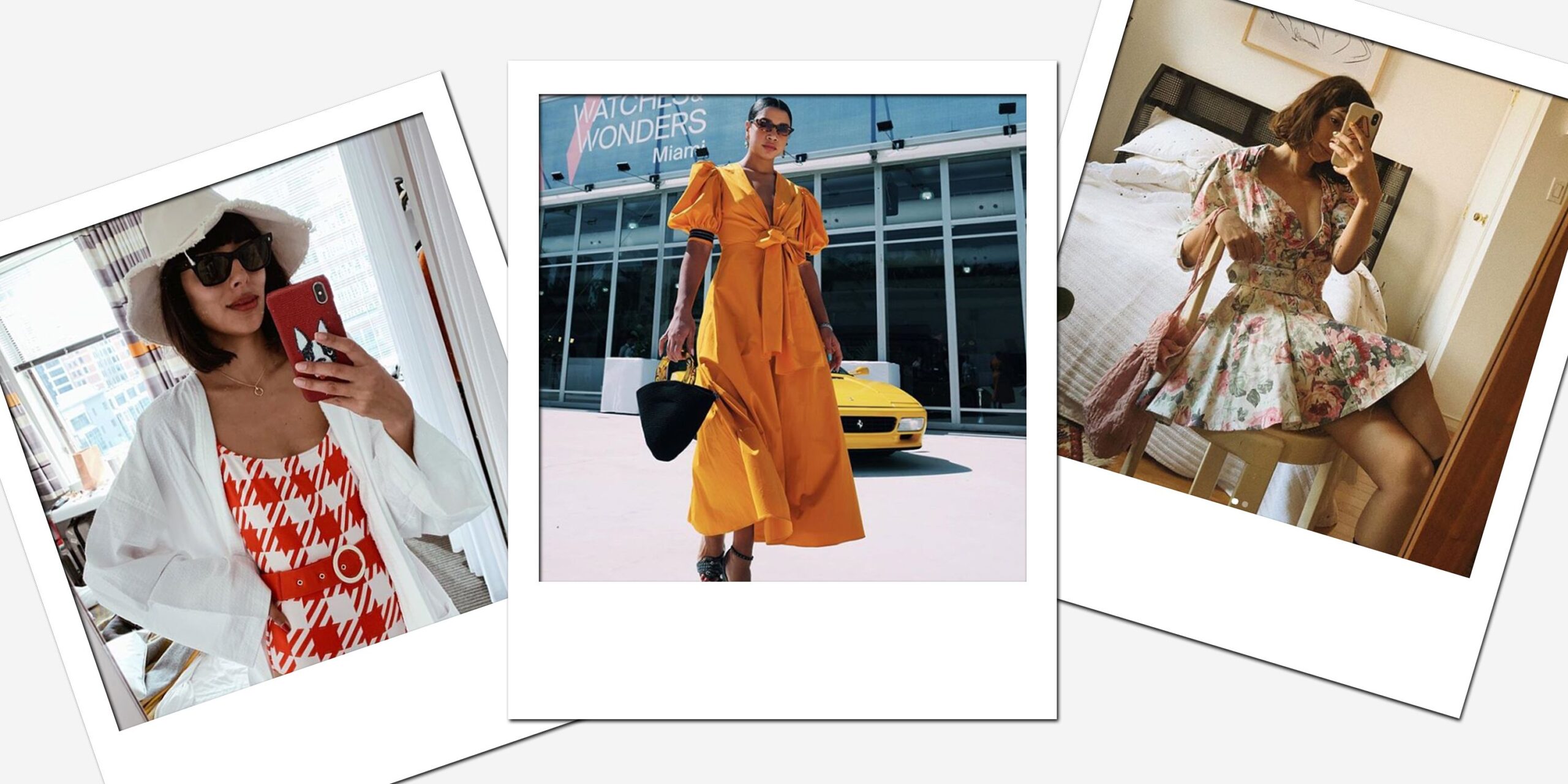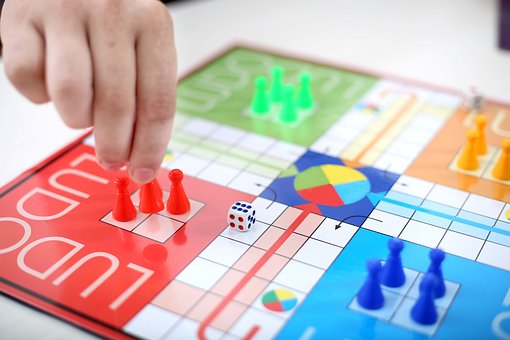For people with autism spectrum disorder (ASD), a sensory room is an important part of their treatment. This room is designed to help these individuals manage their symptoms by providing them with specific types of sensory stimulation. In this article, we’re going to take a look at some of the best sensory equipment for home, so that you can find what works best for your loved one.
What are sensory rooms?
Sensory rooms are special rooms that are set up specifically to provide sensory experiences for individuals with autism or other conditions that cause difficulty with sensation. These rooms can be a great way to help people with autism or other conditions focus and enjoy their lives.
There are many different types of sensory rooms, but all of them have some common features. Most sensory rooms have multiple activities and materials that children can explore and play with. They usually also have calming music or sounds, soft lighting, and comfortable furniture.
Some important factors to consider when choosing a sensory room are: the child’s age, personality, and interests. You should also think about your own preferences and what kinds of activities or experiences you would like to see your child enjoy.
There are many great sensory room equipment companies on the market today. If you’re looking for a specific type of equipment or want to custom build a room yourself, there are plenty of resources available online. Whatever route you choose, make sure you research everything carefully before beginning your project so that you get the most out of it for your child!
Types of Sensory Rooms
There are many types of sensory rooms, and finding the right equipment can be daunting. Here are five types of sensory rooms and their corresponding equipment:
1. Playroom. This is a room designed for children to play in. It may have gyms, pools, slides, and other attractions. Many parents find that investing in a good playset or playground is a good way to start, as it will give their child plenty of opportunities to explore tactile, auditory, and visual stimulation.
2. Sensory garden. A sensory garden is similar to a playroom in that it contains attractions for children to explore. However, the focus is on providing them with opportunities to experience different types of tactile and olfactory stimuli in an environment that’s calming and relaxing. Some popular items for a sensory garden include plants with strong aromas or textures, bright colors, ponds with fish, swings, and large rocks that children can climb on top of.
3. Room with soft surfaces. This type of room is often used by people with anxiety or PTSD due to the fact that it provides an environment where they can safely relax without fear of being injured or disturbed. The furniture should be comfortable enough so that users can recline without feeling cramped or restricted; velour-covered chairs work well for this purpose because they’re both soft and disposable (meaning they can be replaced when dirty). Soft lighting is also recommended because it helps reduce feelings of stress or anxiety.
4. Sound room. This type of room is used to help people with hearing difficulties or other conditions that impact their ability to hear. It should be brightly lit and have soundproofing to allow people to relax and listen to calming sounds without feeling disturbed.
5.Touch room. This type of room is designed to provide users with opportunities to experience different types of touch. Soft, fluffy pillows are often placed in the room so that users can curl up and relax while their skin is touched, massaged, or explored.
What equipment is needed for a sensory room?
There are a few key pieces of equipment that need to be in a sensory tent to provide the best possible experience for children with special needs. A variety of toys and activities are necessary, as is an environment that is quiet and comfortable.
The room should have plenty of seating for everyone, and there should be enough lighting so that the children can see what they’re doing. Toys should be chosen wisely, as they need to be durable yet also interactive and interesting. Some children find relief from stress by playing with puzzles or building blocks, so these types of toys can be beneficial.
Some people prefer to listen to calming music while others find it more distracting. There are many options available online or at specialty stores, so finding something that works well for you is important. Ultimately, the goal is to create an environment in which the children feel happy and safe – sensory rooms are one way to achieve this!
How to find the right equipment for your individual needs.
If you are looking for equipment to help create a sensory room for your child with special needs, there is a lot to choose from. The best way to find what is right for your individual needs is to take into account the specific needs of your child and the environment in which they will be using the room.
Below are some tips on how to find the best equipment for your individual needs:
-Start by identifying what types of sensory problems your child has. This will help you determine what type of equipment would be most beneficial for them. For example, if your child has autism and struggles with social interactions, they may benefit from interactive toys that stimulate their senses such as sound or touch.
-Consider the size and age of your child when purchasing equipment. Some items, such as large inflatable balls or swings, are perfect for older children but can be too big or too dangerous for younger ones. Make sure to read product reviews before make a purchase so you know what other parents have found useful.
-Think about where you will be using the room and choose items accordingly. A sensory room should be comfortable and inviting so your child feels at ease while using it. Items like bean bags or soft mats can make a big difference in making the space feel safe and comfortable.
-Be creative! There are many fun and unique ways to activate children’s senses without having to buy expensive equipment.
Conclusion
If you’re looking to create a calm, relaxing environment in your home, you’ll want to invest in some pop up sensory tent equipment. This type of equipment can provide benefits like reducing anxiety and stress, improving concentration and focus, and increasing relaxation and sleep. PODS Play are the place where the best sensory room equipment products on the market today.





